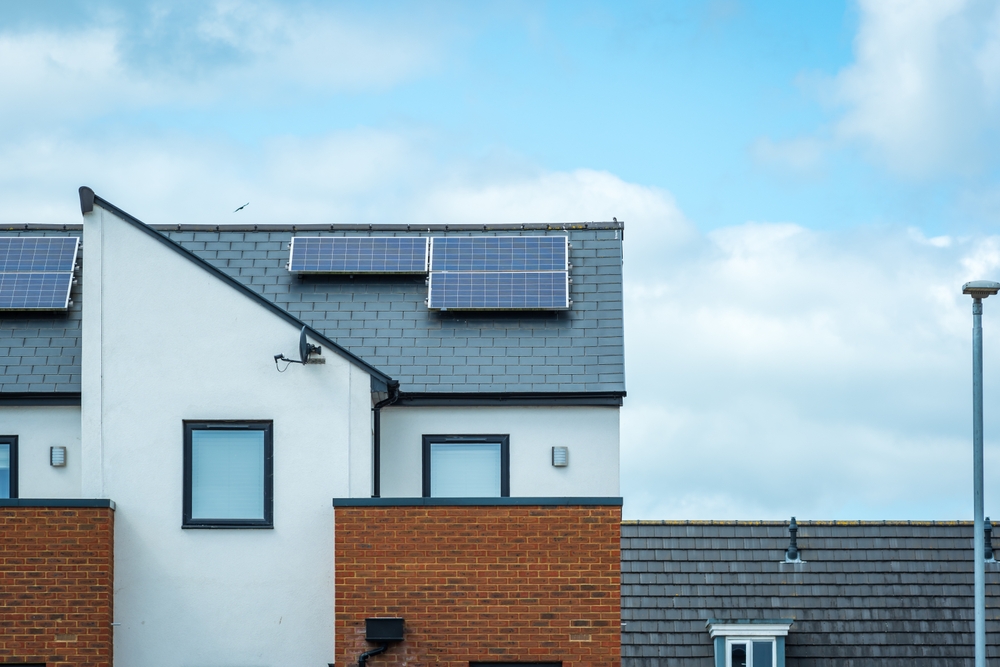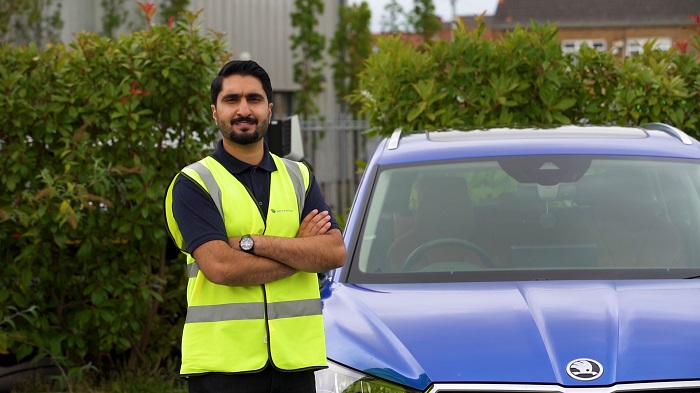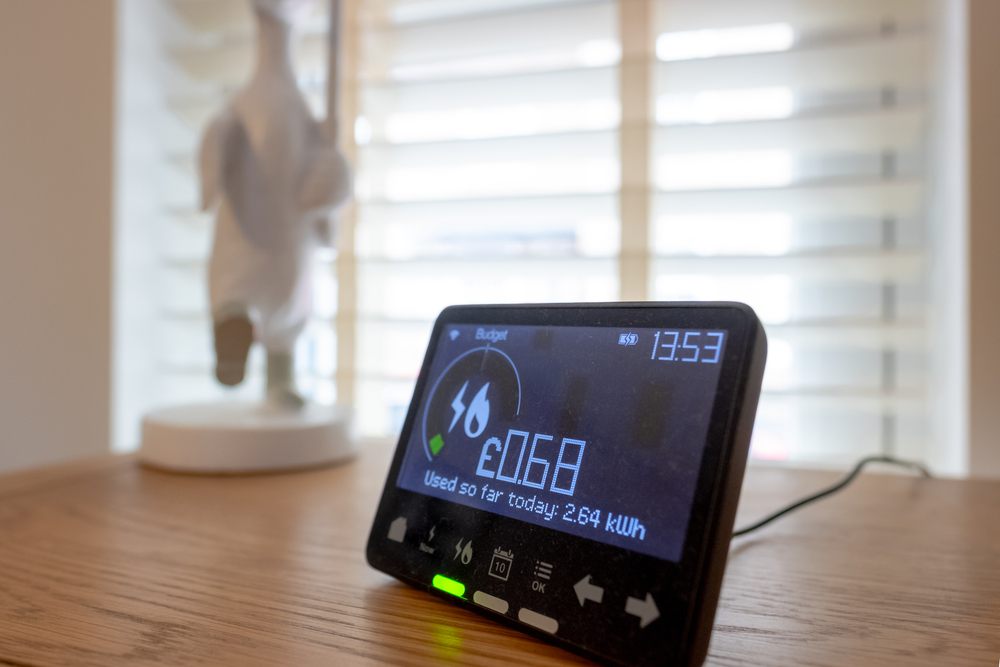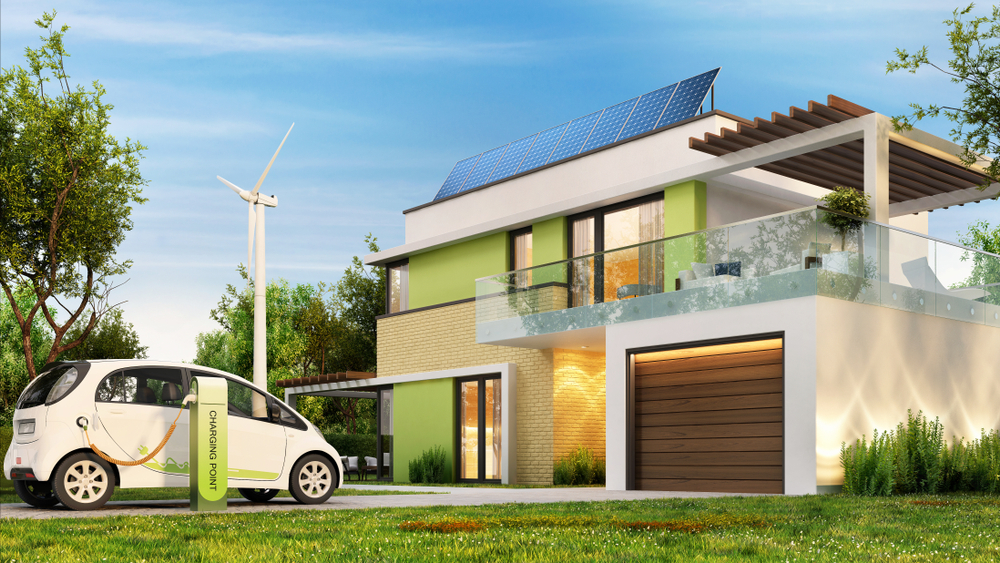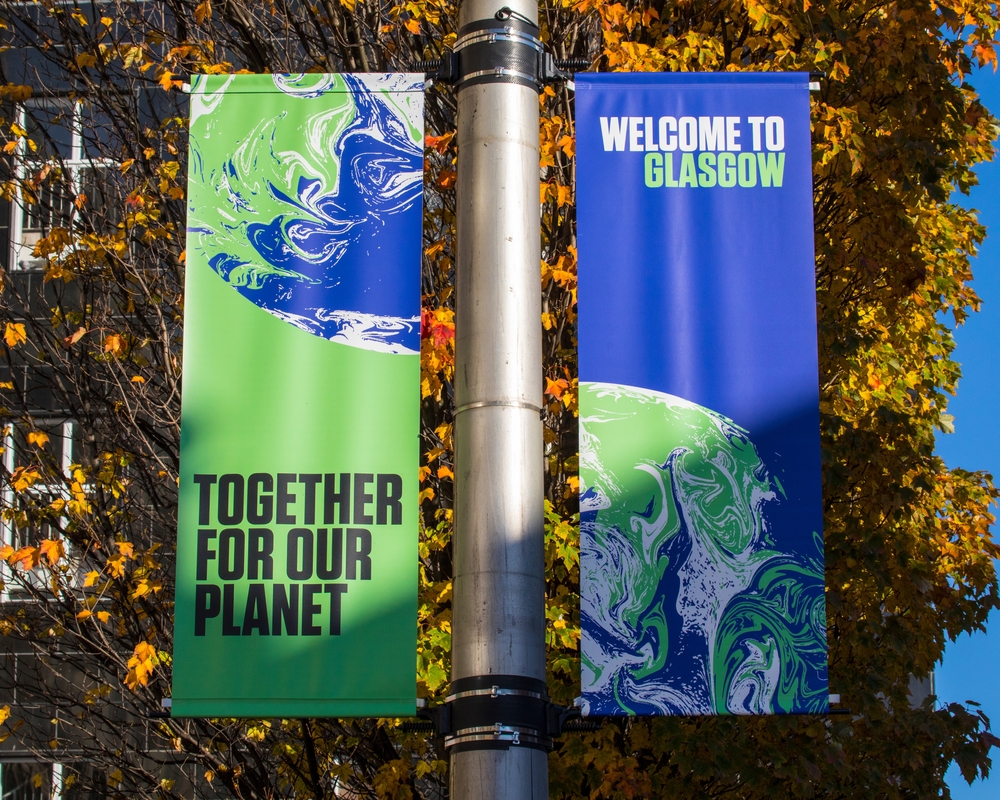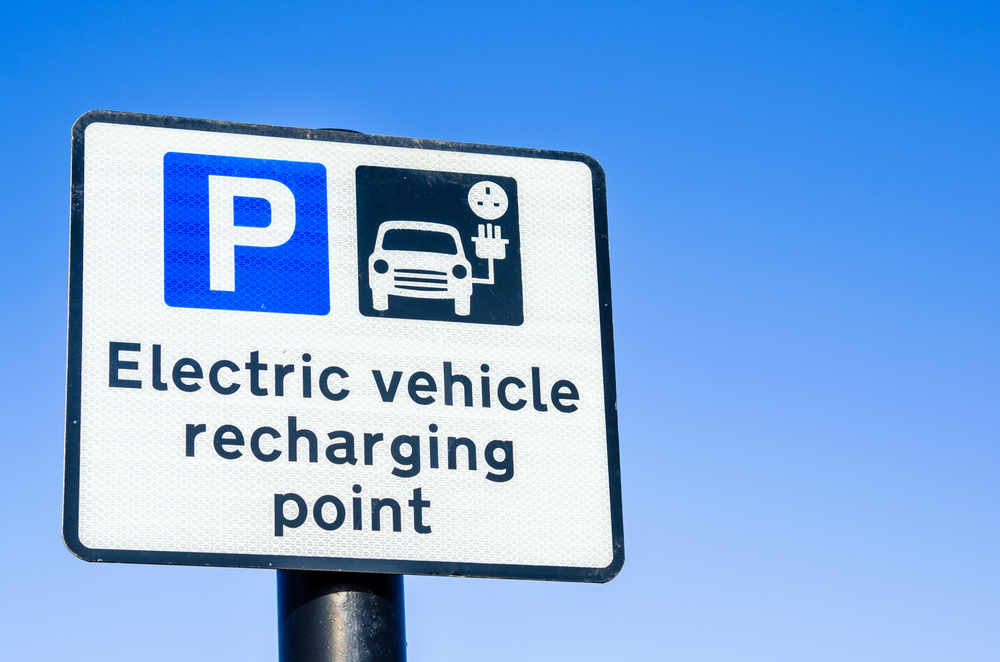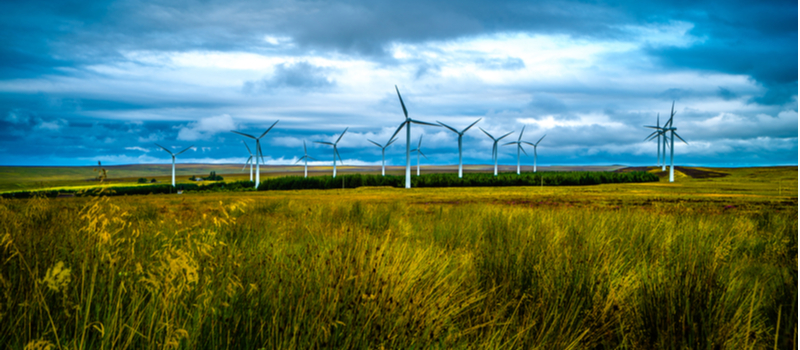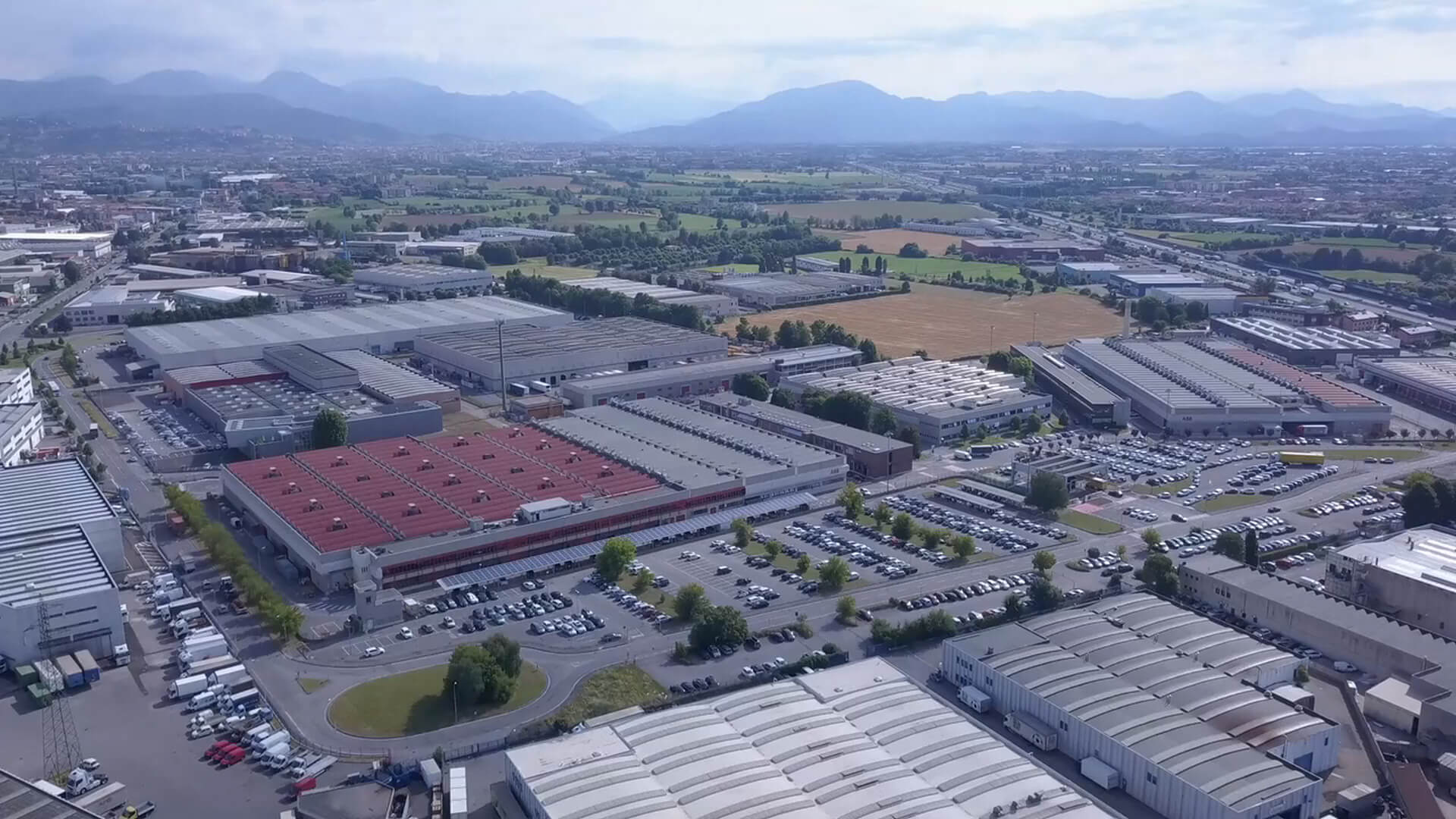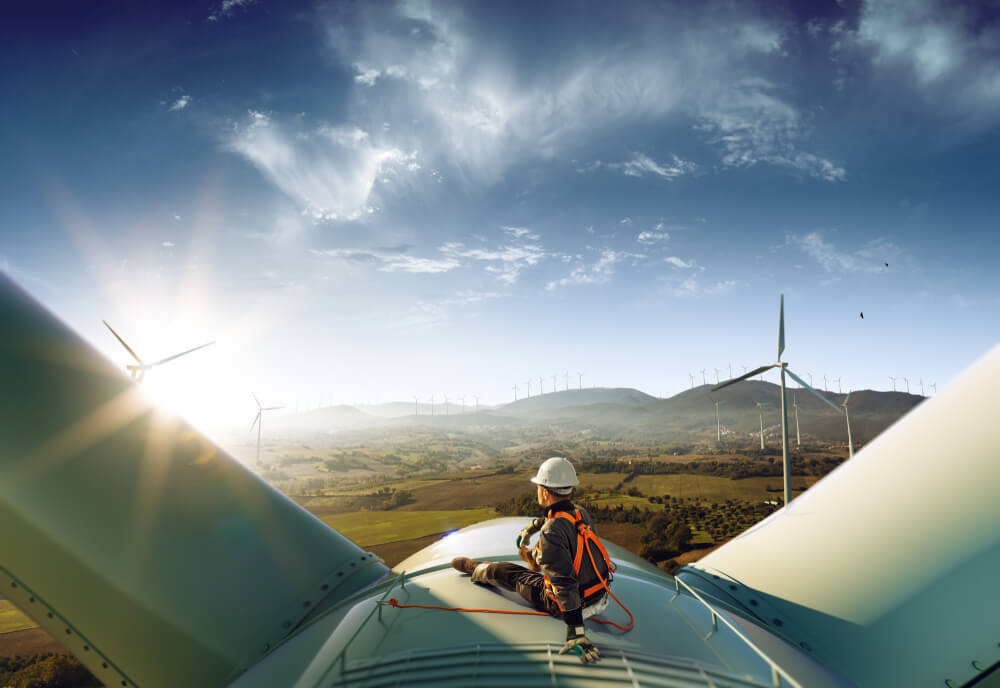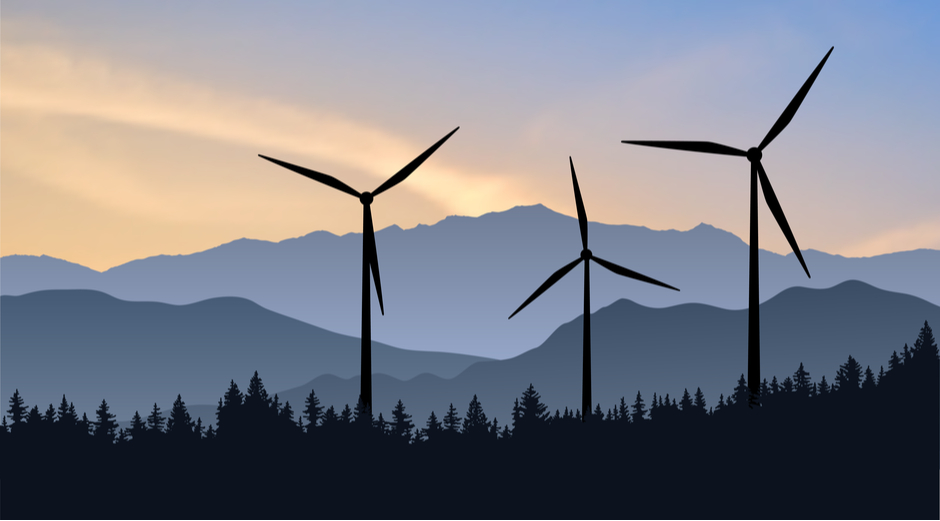Engineering services and the Clean Growth Strategy

Many ECAtoday readers will know that the Government issued a Clean Growth Strategy last year. However, there have arguably been little-to-no new drivers for change in our sector, and this has led to a degree of complacency. Too often, upfront cost rather than ongoing value wins out, and the race to the bottom beckons.
Yet we know that low carbon, commercially viable alternatives are already out there, and parts of the engineering services industry have made significant progress in recent years, with increasing energy efficiency and reducing emissions in both existing and new buildings.
New obligations for installers
In the HVAC space, for instance, heat pumps (either air-source or ground-source) can provide a low-carbon alternative to many traditional HVAC installations. In their early days, both air and ground sourced heat pumps attracted a lot of unfair criticism due to poor information and education, and poorly designed systems. Yet when designed correctly for the energy demands they serve best, they can deliver a fraction of the carbon emissions of some gas-fired systems.
Since the publication of the Clean Growth Strategy, there have been calls for much more clarity about how government plans to realise its ambitious targets for Britain’s low-carbon future. In an ideal world, energy efficiency would be viewed holistically and addressed through the implementation of a range of measures that complement each other, and this is particularly so in buildings and infrastructure.
In one area at least there is progress. We will soon see new versions of PAS 2030 and PAS 2035 (which ECA has extensively contributed to). These will set out new obligations for installers, designers and project managers to increase their expertise in low-carbon solutions and work to implement them across all the key ‘whole life systems’.
There have been calls for much more clarity about how government plans to realise its ambitious targets for Britain’s low-carbon future
These systems include insulation, glazing, HVAC, lighting, electrical, and others. A little goes a long way: small efficiency gains made in each of these systems can add up to a major increase in energy efficiency and performance within existing UK buildings.
Winners and losers in the efficiency game
Engineering services clearly have a lot to offer in the carbon-reduction arena. Starting with a building’s design, fully-insulated and correctly enveloped buildings can reduce basic energy demands to a minimum. These days, other easy wins include switching to low-energy lighting and adding sensors and timers to further minimise energy use.
Smart thermostats can also be installed to maximise the efficiency of cooling, heating and hot water systems. In addition, smart building controls connected to the IoT can learn and create an effective algorithm based on the movements of a building’s occupants, and work in harmony with lighting, electrical and HVAC systems to minimise waste.
Another area of opportunity is transport, and transport infrastructure. Through taxation and bans on polluting vehicles, the advent of volume sales in electric vehicles, trials of electric and hydrogen-powered buses, this is an area that is rapidly evolving... and very publically. Technological solutions are coming to fruition, most notably with batteries and supporting and enabling smart systems.
Advances in battery technology, coupled with wider adoption of distributed generation (renewable energy) are beginning to reshape the grid, and grid economics. Increased battery storage, and the inclusion of additional EV storage through ‘vehicle to grid’ connections, will provide even more impetus for a UK low carbon energy sector.
Are you up to date with ECAtoday?
ECAtoday is the official online magazine of ECA and reaches thousands of people within the electrotechnical and engineering services industry.








